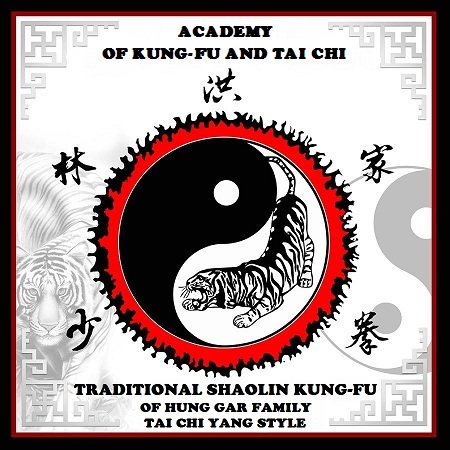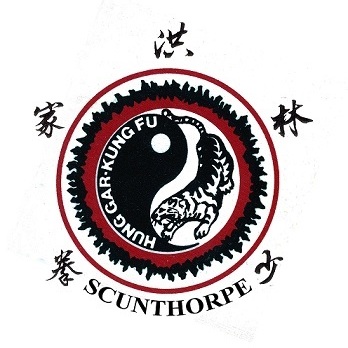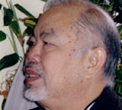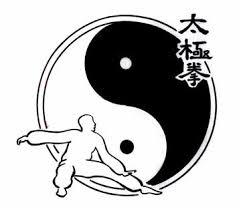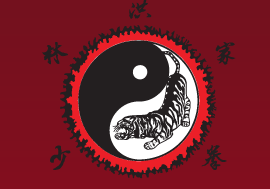
SCUNTHORPE ASSOCIATION
OF KUNG-FU & TAI-CHI
TRADITIONAL SHAOLIN KUNG-FU
OF HUNG GAR FAMILY
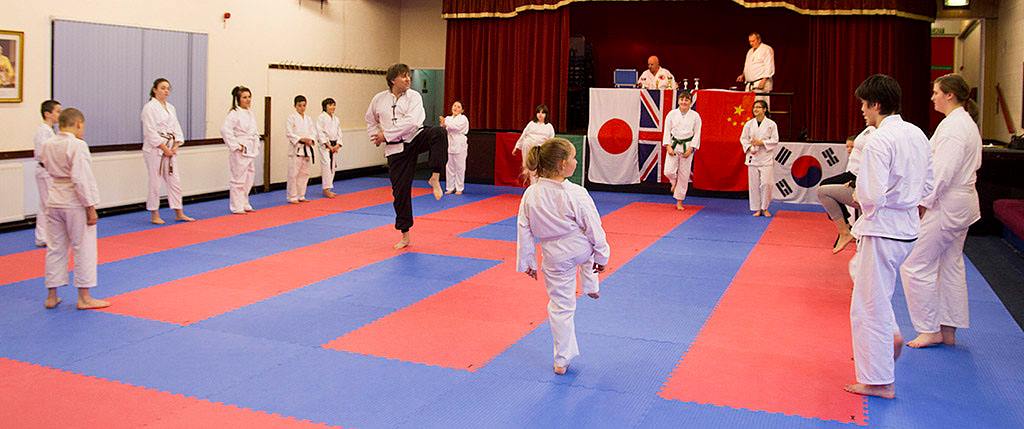

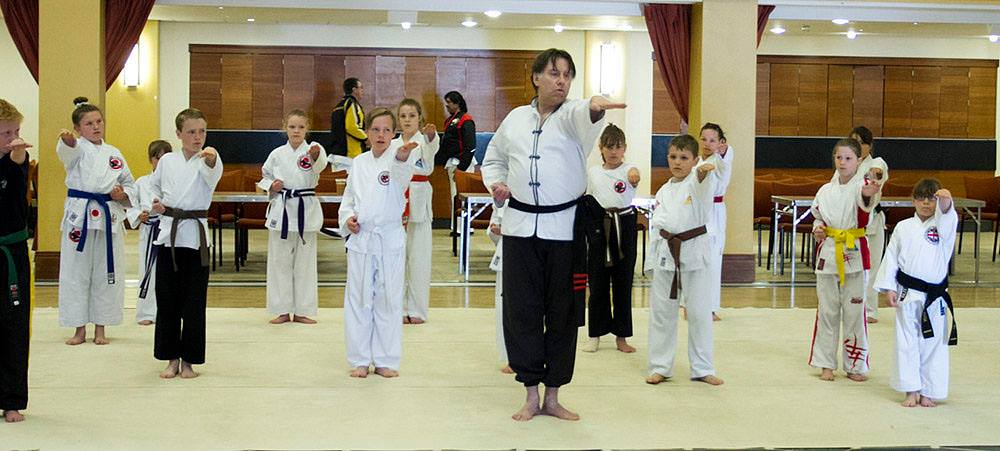
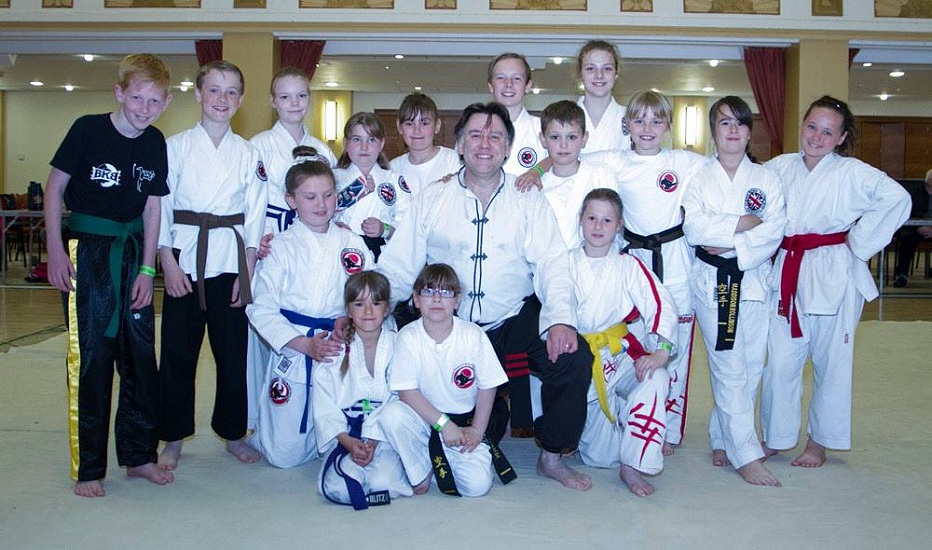
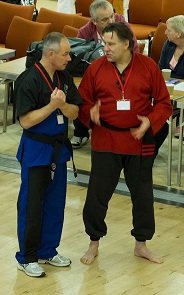
The Tai Chi history and legend
The greenhorn observer who attends the progress of the Tai chi chuan, can doubt that it is a question there, of a martial art. Many think that it is a soft gymnastics and/or a choreographic dance, because of its slow and circular movements. Tai Chi Chuan is a Chinese practice derived of ancestral fights techniques, that the purpose of which is the self-fulfilment. Relaxant, good for the health, it is also one the most effective self-defence techniques. Contrary to the external martial arts as the karate, the judo etc. which lean on the use of muscles and strength, the Tai chi chuan is a said « internal » martial art. He uses the mental and the control of the breathing to move the internal energy. Furthermore, he makes left one of the five categories, of the Chinese traditional medicine.
From point of view so historic as practical, the Tai chi chuan participates in Chinese tradition in the art of the strategy and the fight. It is moreover necessary to specify, that the notion of fight in China is not reduced at the idea of wrestling against a real opponent, but includes as well the fights against any obstacle met in its existence, but also against oneself.
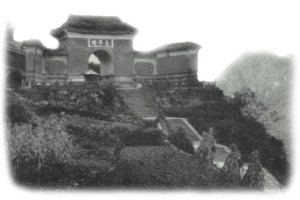
The sacred mounts Wudang in China, are the spiritual center of the Taoism and the Tai chi chuan. It is in the mists of the province of Hébai, that are the sources of the internal arts. Mounts Wudang are associated to the character of Chang San-Feng, philosopher and Taoist hermit who stayed there and who lived between the beginning of the XIIth century and the end of the XIIIth century. He would have he seems, at first practised the external martial arts of Shaolin, before developing a more supple form, based on the Taoist principles of the « control of the breathing ». We award him the creation of the Tai chi chuan...
The legend:
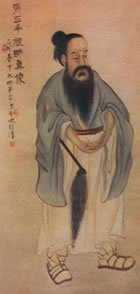
The wise person Chang San-Feng was native of I-Chou in the province of Liaotung. He was very tall, carpentered as a crane and had the look of a pine. his face was as an old moon, with kind eyebrows and generous eyes. His mustaches were cut as lances and, summer like winter alike, he carried the even wide hat of bamboo. Wearing a dust mask in horse hair, he could travel one thousand miles in one day. At the beginning of the reign of Hung-wu, he travelled up to mountains T'ai - ho in the Szechuan county to practise the Taoist arts and becomes established in the Temple of the Empty Jade. He could recite the classics by heart after a single reading. In the twenty-seventh year of the reign of Hung-wu, he went in mounts Wudang, in Hubei, where he liked discussing classics and philosophy with the local population.
One day, he was inside reciting the classics when a bird full of enjoyment settled in the court. His song sounded as the notes of zither. The wise person observed the bird of his window ...
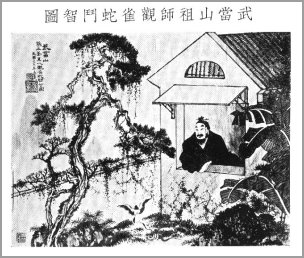
The bird resumed of the height, then scrutinized, like a eagle, a snake coiled on the ground. Shrill cries, angered, of the bird drilled the peace of mind of the hot summer day: the bird hesitates, roams in the blue sky for a moment; when suddenly he points his sharp beak and swoop to kill. But the snake is alert. He dodges of the head in an easy and spiral movement. The bird turns darker again by fighting with its wings; the snake still contorts. The long snake shakes the head, waving here and there to escape the wings of the bird who, frustrated and embarrassed, return at high altitude. Then again and again, the bird dives fervently, but the snake avoids any effort with talent, and goes outside danger thanks to a new movement in spiral. The snake feigns then the fatigue by inviting the bird in the approach. The bird falls into the trap and the snake raises itself and pushes its teeth in the surprised victim. During this fight for the survival, the eyes of Chang San-Feng, watch attentively. Intrigued by the skill of the snake to avoid carefully wild blows of rapier of his opponent, the philosopher studies and memorizes his movements. The bird makes jerky and scattered movements. The snake moves in flexibility and in circles. He understands while the flexibility and the attention win on the steepness and the dispersal.
Of this fight, Chang San-Feng received a revelation: the allying snake forces and flexibility reflected, in its coiled form, the image of the energies yin and yang, symbol of the Tai chi chuan, understanding the principle of supple wrapping the hard. Basing itself on the transformations of the Tai chi « the Big Ultimate », the wise person developed the Tai chi chuan to cultivate the energy and the spirit « shen », the movement and the rest, the growth and the decrease ...
Chang San-Feng began by working on a system of self-defense, based on the movements of the snake and the principles of the Yin and the Yang. His efforts marked the debuts of the Tai chi chuan in China. He had a practice every day for hours before teaching the new form of self-defense to some chosen students. The secret was not revealed to the general public before XXth century.
